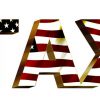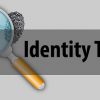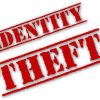Uncle Sam Wants You…and Your Money

A great number of Americans receive an income tax refund from the IRS each spring. However, those who owe Uncle Sam should also file a return even if they cannot afford to pay the tax as part of their financial planning. Otherwise they’ll be subject to a 5% per month failure to file penalty (up to 25%) as compared to the failure to pay penalty which is only 0.5% per month.
If you are unsure how to correctly file your return – particularly if you have settled any outstanding debt – file for an extension and/or speak with a certified Tax Professional, such as a CPA. Be aware, an extension gives you six additional months before your tax return is due, but it does not extend your “payment due date”.
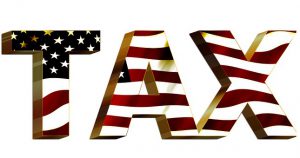 If you owe taxes, here are some payment tips.
If you owe taxes, here are some payment tips.
When mailing a return or payment to the IRS, make sure you obtain receipt confirmation. You can send the payment via certified mail, but you will probably have to go inside to the post office counter during regular business hours to do this. Keep in mind, the days of racing to the nearest post office minutes before midnight to file your return are a thing of the past. Many post offices no longer stay open past their regular hours even on tax day. The U.S. Postal Service Website – www.usps.com – has a spreadsheet detailing which post offices are open past 6pm on tax day, with only a few open until midnight.
Another option is to send it using the Postal Service’s priority mail service, with proof of delivery. You can even print out the paperwork using online resources, such as the USPS Website or www.Stamps.com.
You may also file your Federal taxes electronically (e-File) which eliminates the need for proof of mailing documentation.
Other than mailing a check you may also pay the U.S. Treasury by directly sending funds from your bank account. This is usually free and easy to set up using tax software or a tax professional. Just make sure you provide the correct bank routing and account numbers. You could also pay by credit or debit card. However, there is a fee for using this method.
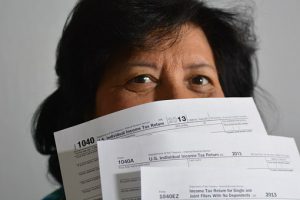 You can always use the Treasury Department’s Electronic Federal Tax Payment System (EFTPS) to pay your taxes. It’s free for individual filers to enroll into the system and use it to schedule tax payments. You need to do this prior to tax day because it takes a few days for your online enrollment to be processed; but once it is, you can call the EFTPS toll free phone number to schedule a tax bill payment.
You can always use the Treasury Department’s Electronic Federal Tax Payment System (EFTPS) to pay your taxes. It’s free for individual filers to enroll into the system and use it to schedule tax payments. You need to do this prior to tax day because it takes a few days for your online enrollment to be processed; but once it is, you can call the EFTPS toll free phone number to schedule a tax bill payment.
Approximately one week after enrolling, you’ll receive a PIN that allows you to use the EFTPS.gov website to schedule payments. Again, the Treasury Department advises taxpayers to schedule their EFTPS payments at least one day before the due date.
Online Installment Payment programs are also available through the IRS. Be aware there are setup fees (with varying amounts depending upon your situation) and other charges, such as interest, which will be added to each monthly IRS invoice. In addition, a convenience fee is charged by the payment processing company.
Remember, dealing with the IRS is not necessarily difficult, but it can be complex. Therefore, when you need specific advice, please contact a qualified professional.



 Login
Login

